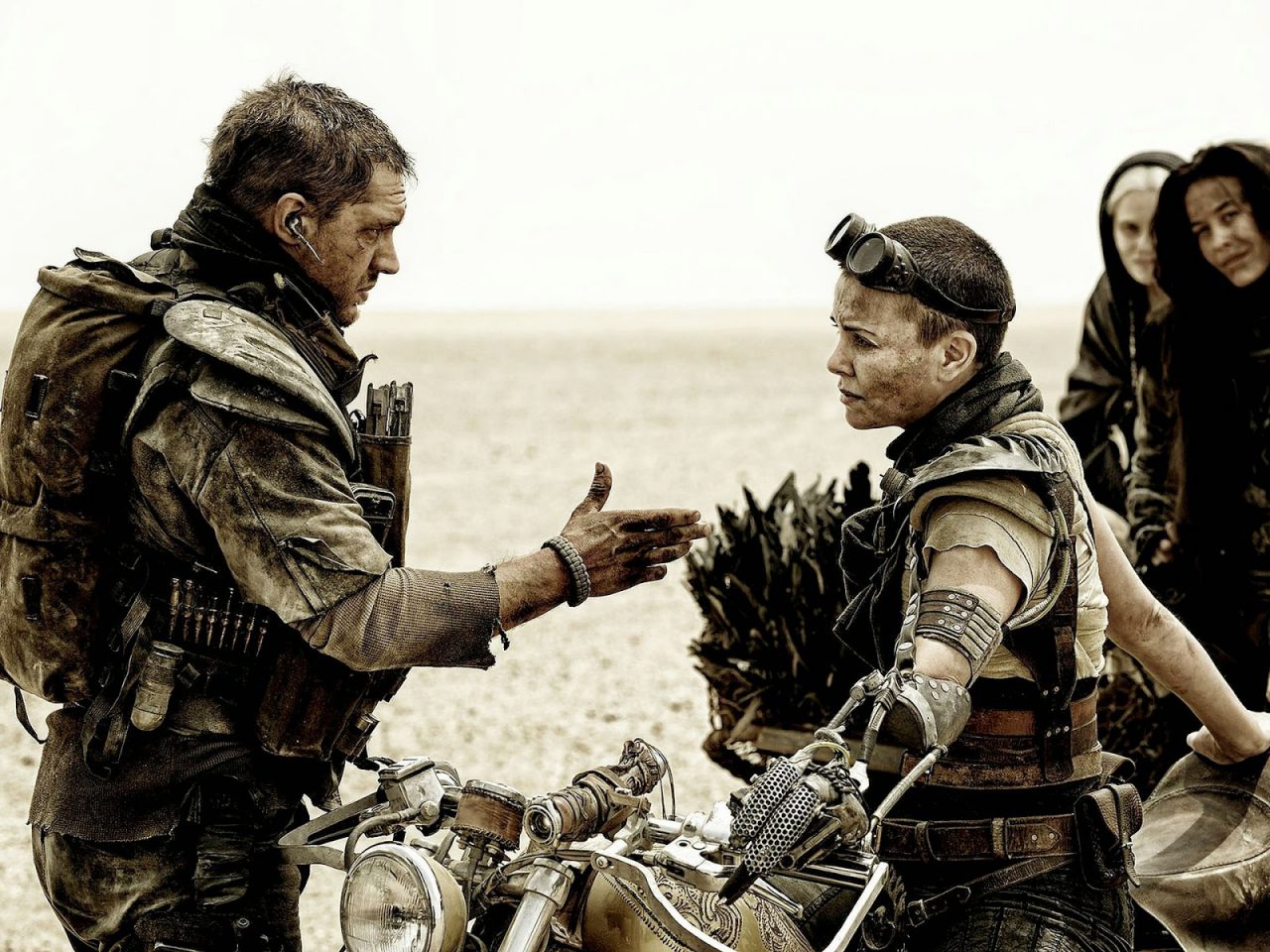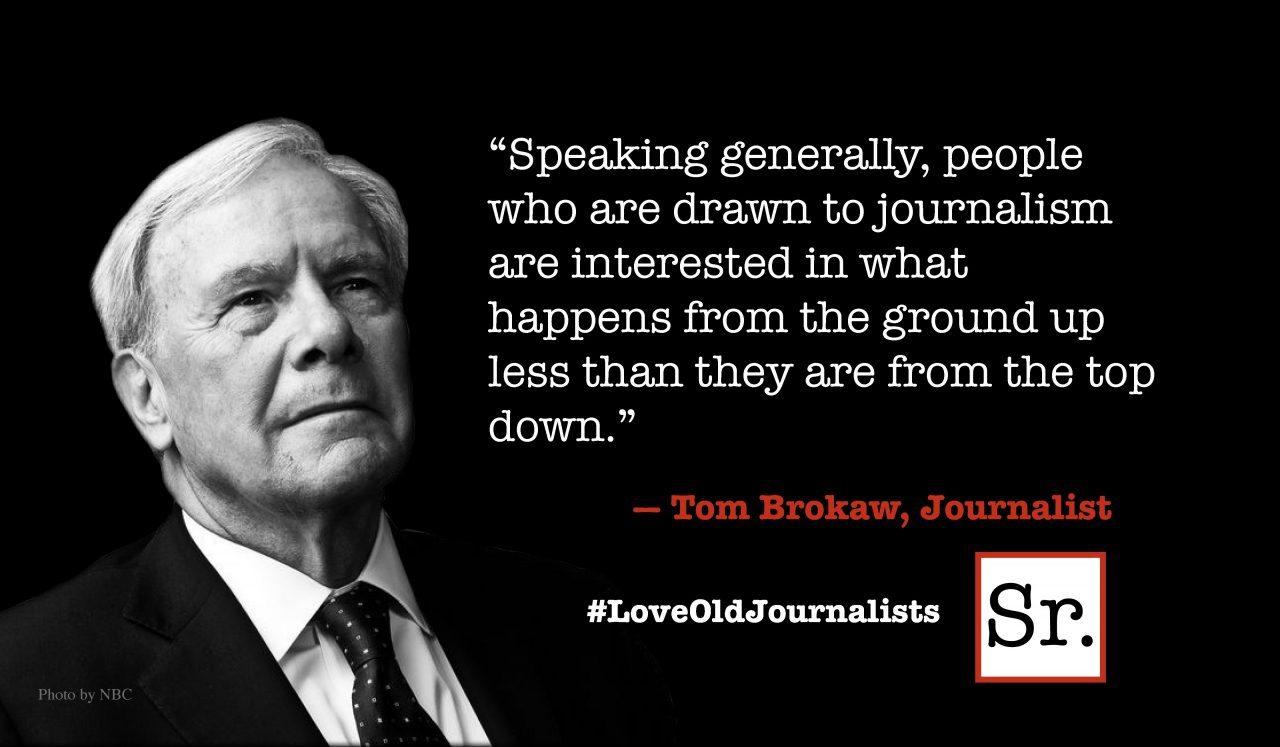There is dialogue in the new Mad Max film — mostly delivered in a nearly indecipherable variety of Aussie English — but it really isn’t necessary.
You could eliminate all the words or replace them with made-up gibberish and this still would be the same movie, still a symphony of speed and violence, still a textbook example of visual storytelling.
It’s been 30 years since director George Miller wrapped up his Mad Max trilogy and moved on to projects like the family-friendly “Babe” and “Happy Feet.” But he remains fascinated with Max’s post-armageddon comic-book world, a world filled with great deserts, rusty cars and trucks cannibalized into bizarro war machines, and traversed by that lonely warrior, Mad Max.
This “Max” is bigger, badder and noisier than previous entries. There’s never been much room in the series for human concerns, and this time around there’s even less.
Even the character of Max (Tom Hardy replacing Mel Gibson) is little more than a physical presence.
But as a mind-boggling exercise in pure action “Mad Max: Fury Road” is overwhelming, achieving the sort of visual poetry typically ascribed to “Ben-Hur’s” chariot race or one of Sam Peckinpah’s blood ballets.
Max, a prisoner of the despotic desert king Immortan Joe (Hugh Keays-Byrne, who played the villain Toecutter in the first “Mad Max” back in ’79), finds himself swept along on a mission of vengeance and recovery.
Immortan Joe’s five wives — gorgeous young women apparently free of the diseases afflicting most of surviving mankind — have escaped with the help of Imperator Furiosa (Charlize Theron, with shaved head and a missing arm), a sort of over-the-road trucker.
Now they’re being pursued across a dusty wasteland (filmed in the sands of Namibia) by the angry husband/king and hundreds of souped up vehicles outfitted with flamethrowers, monstrous crossbows and other jerry-rigged implements of mayhem.
Furiosa’s goal is to find “the green place,” an oasis of water and peace remembered from her childhood. Good luck with that.
It’s a feminist post-apocalyptic retelling of “The Ten Commandments.” Furiosa is Moses, the women are the chosen (“Let my people go!”), Immortan Joe is Pharaoh. That armada of sand dune-leaping machines? Chariots, of course. And what is the “green place” if not the Promised Land?
Escaping his captors, Max reluctantly joins the fugitives. In biblical terms he becomes Aaron, Moses’ right-hand man. But the real star of “Fury Road” is Theron’s angry, driven Furiosa. Everyone else is a supporting player.
There’s one wild card in all this. Nicholas Hoult of the latest “X-Men” movies plays Nux, a tumor-riddled wraith dying of radiation poisoning. The manic Nux is one of the War Boys, true believers in Immortan Joe’s supremacy, with shaved heads, full body paint and kamikaze zeal. The big chase is his last chance to impress the boss with his courage. But Nux soon begins to have his doubts. To the extent that the film cares at all about character development, Nux provides a flickering flame of humanity.
Miller and his co-writers (Brendan McCarthy, Nick Lathouris) obviously had fun visualizing this world. Along their journey Furiosa and Max encounter various desert tribes. One group drives what appear to be Volkswagens outfitted with hundreds of spikes — they look like high-speed hedgehogs. There’s a bundled band clearly modeled after the sand people in “Star Wars.” There’s even an all-woman clan.
Inside Immortan Joe’s fortress is a huge machine inspired by the one in the silent sci-fi epic “Metropolis.” It’s operated by hundreds of War Boys who generate power by unendingly climbing a sort of massive turbine.
But all this is overshadowed by the chase itself, an incredibly complex dance of colliding metal and flying bodies and debris — all of it reportedly filmed with plenty of stuntmen and explosions and minimal computerized doctoring.
In fact, the main drawback of “Mad Max: Fury Road” is that it dishes too much of a good thing. The movie is one big action sequence. It rarely slows down enough to let us catch our breath.
It’s sort of like a baseball game that is all home runs. You may find yourself hoping for a bunt.









